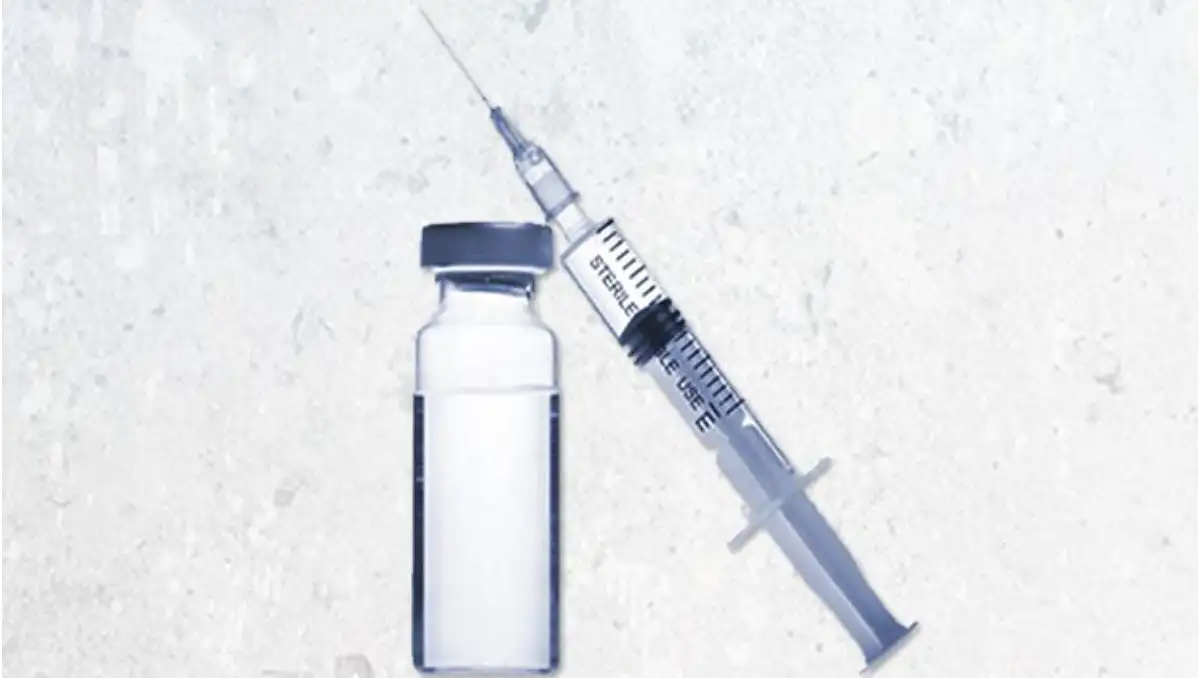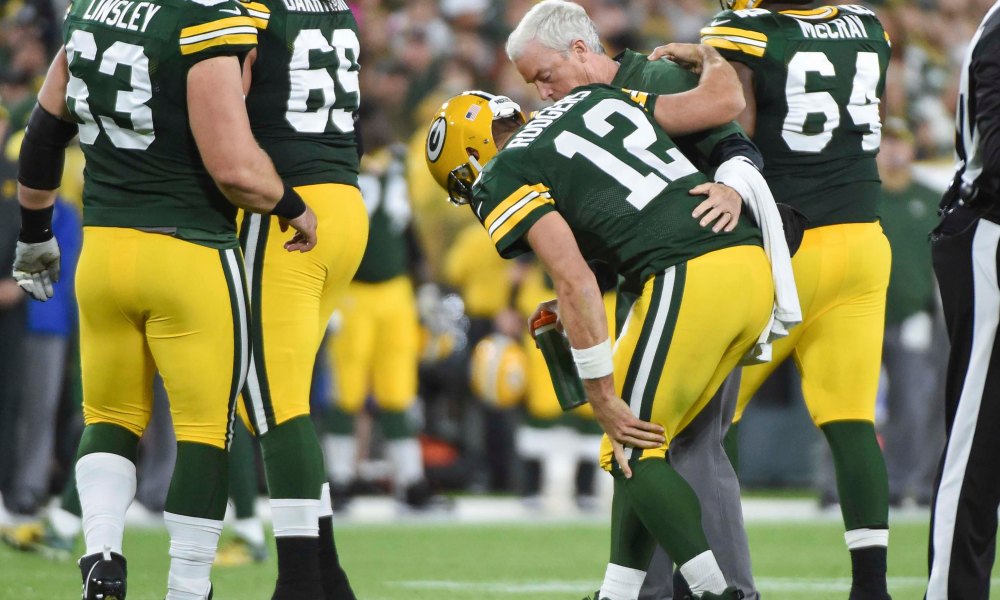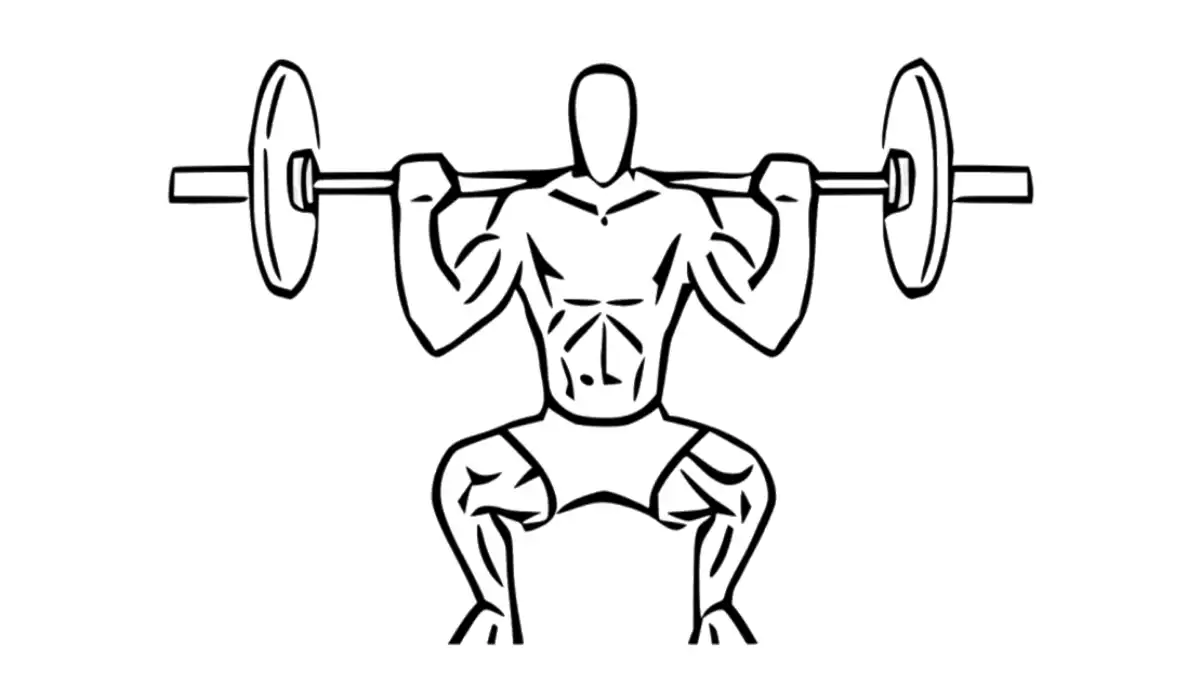A muscle spasm is a sudden, involuntary movement of one or more muscles.
A spasm is described as an involuntary muscle contraction, when measured by electomyography, or as spontaneous motor unit activity (Travel, Simons, 1983).
- Muscular defense is a reflex which is a muscular spasm in response to pain.
- This painful stimulus is due to local tissue damage and is present in the acute phases of a condition.
- Muscle spasm acts as a functional protection of injured structures, reducing movement and preventing further injury.
- Muscular defense can also result from referred pain.
- In both cases, the muscular defense disappears when the pain is relieved (Kisner; Colby, 1990; Janda, 1991).
- However, the idea that muscle spasms protect injured tissue has led to the overuse of immobilization, such as bed rest or splints to treat spasms, especially those associated with trauma.

- Pain resulting from direct or indirect trauma, inflammation or infection can trigger a muscle defense contraction.
- Increased excitation of the sympathetic nervous system, emotional stresses, cold or cooling of tissues and immobilization also lead to muscle defense contraction.
- This contraction restricts joint movement.
- Lack of movement causes tissue ischemia or circulatory stasis and retention of metabolites, which in turn irritate nerve endings, resulting in pain.
- The muscle responds to pain by remaining in spasm.
This spasm will remain even when the tissue damage that caused the initial muscular defense reflex is no longer acute (Kisner; Colby, 1990; Cailliet, 1993; Rachlin, 1994).
Muscles that frequently spasm
- Gastrocnemians
- Soleus
- Hamstrings
- Quadratus lumborum
- Intrinsic back muscles
- Intercostals
- Sternocleidomastoid.
Causes of muscle spasms and cramps include:
► Pain resulting from inflammation, direct or indirect trauma or infection;
- Circulatory stasis due to reflex muscle defense, restriction of movement and decreased circulation
- Increase in gamma neurons due to stress, anxiety, fatigue, or injury from overstretching nearby tissues.
- Cooling of the muscle resulting in a contraction of reflex muscle defense;
- Nutritional alteration.
- Decreased calcium intake
- Sodium loss
- Excessive sweating
- Dehydration
- Electrolyte disturbance due to persistent vomiting
- Hypocalcemia due to persistent diarrhea
- Lack of vitamin D, because this vitamin helps to synthesize enzymes that actively transport calcium, necessary for normal muscle contraction (Dunne, 1990).
- Trauma
- Muscle overuse
- Emotional stress
- Cold muscles
- Prolonged immobilization,
- Ischemia (temporary lack of oxygen in a localized tissue)
- Dehydration




















